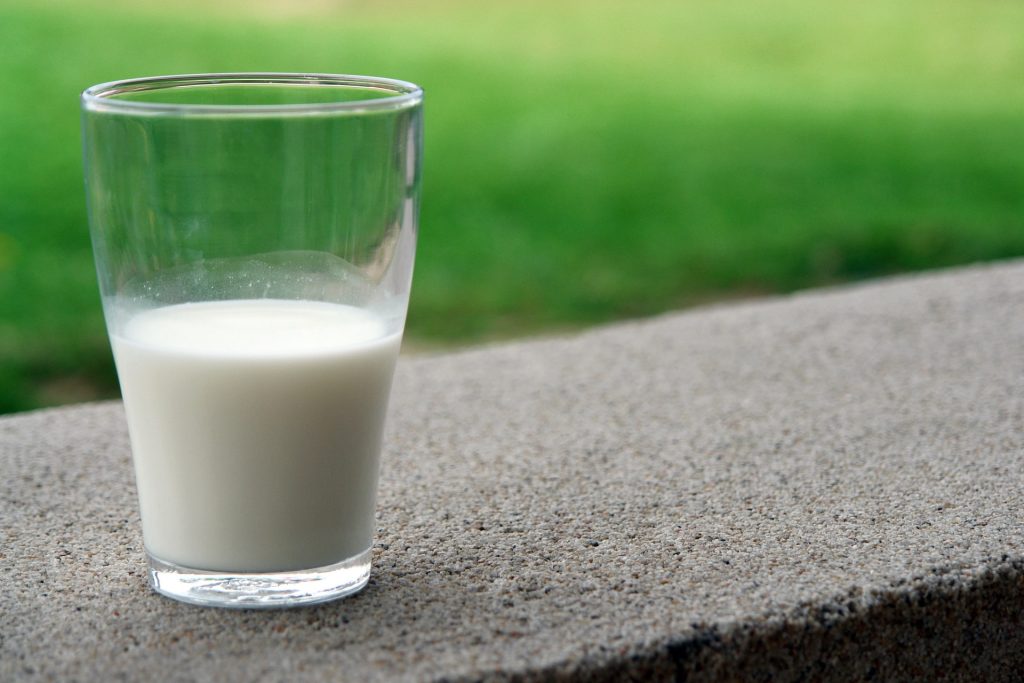
Eliminating animal milk alone from the diet of adults with eosinophilic oesophagitis (EoE) is as effective at treating the disease as eliminating animal milk plus five other common foods, according to a clinical trial published in The Lancet Gastroenterology & Hepatology. For people with EoE whose disease remains active after they cut out animal milk, a more restrictive diet may help them achieve remission, according to the researchers.
“Diet-based therapy for eosinophilic esophagitis will be much easier to follow for many people if it involves cutting just one food from the diet rather than six,” said Hugh Auchincloss, M.D., acting director of the National Institute of Allergy and Infectious Diseases (NIAID), part of NIH.
EoE is a chronic disease characterised by an overabundance of white blood cells called eosinophils in the pesophagus. Food allergy inflammation drives the disease by damaging the oesophagus and preventing it from working properly. For people with EoE, swallowing even small amounts of food can be a painful and stressful choking experience.
Excluding certain foods from the diet has been a cornerstone of EoE treatment. During the early 2000s, researchers found that eliminating six common food triggers of oesophageal injury (milk, egg, wheat, soy, fish and nuts) substantially reduced signs and symptoms of EoE. This six-food elimination diet (6FED) became a common approach to managing the disease.
In recent years, scientists have conducted small, non-randomised studies of removing one to four of the most common food antigens from the diet to treat EoE, with some success. However, the relative risks and benefits of eliminating many foods versus a few foods at the start of diet-based therapy remained unclear.
The multi-site, randomised trial involved 129 adults ages 18 to 60 years with a confirmed EoE diagnosis, active EoE symptoms, and a high number of eosinophils in oesophageal tissue. Participants were randomised to either the 1FED, which eliminated only animal milk from the diet, or the 6FED. They followed their assigned diet for six weeks, then underwent an upper endoscopy exam and an oesophageal tissue biopsy. If the number of eosinophils in the tissue indicated that EoE was in remission, the participant exited the study. If EoE was not in remission, people who had been on 1FED could advance to 6FED, and people who had been on 6FED could take topical swallowed steroids, both for six weeks, followed by a repeat exam with tissue biopsy.
The investigators found that 34% of participants on 6FED and 40% of participants on 1FED achieved remission after six weeks of diet therapy, a difference that was not statistically significant. The two diets also had a similar impact across several other measures, including reduction in EoE symptoms and effect on quality of life. Thus, 1FED and 6FED were equally effective at treating EoE, an unexpected finding.
The researchers also discovered that nearly half of people who did not respond to 1FED attained remission after treatment with the more restrictive 6FED, while more than 80% of the non-responders to 6FED achieved remission with oral steroids.
Taken together, the investigators conclude that 1FED is a reasonable first-line diet therapy option in adults with EoE, and that effective therapies are available for people who do not achieve remission after 1FED or 6FED.
Source: NIH/National Institute of Allergy and Infectious Diseases

